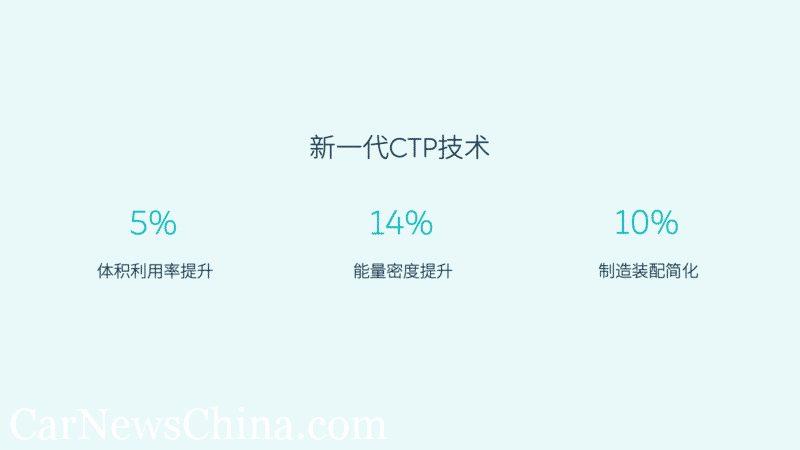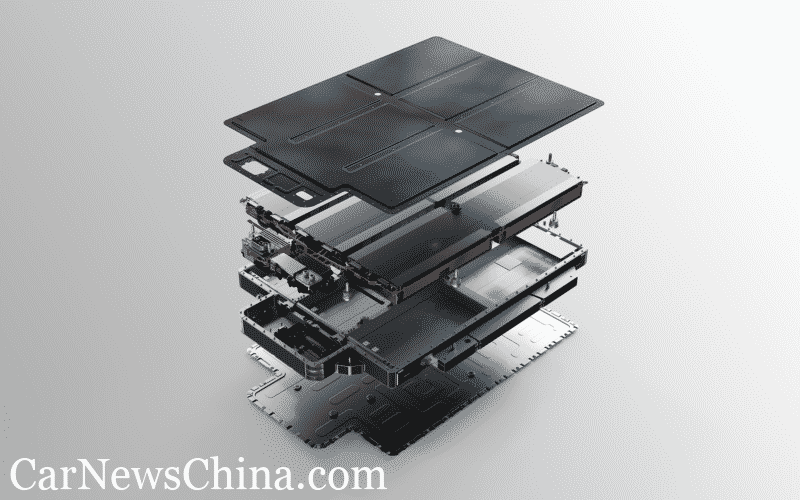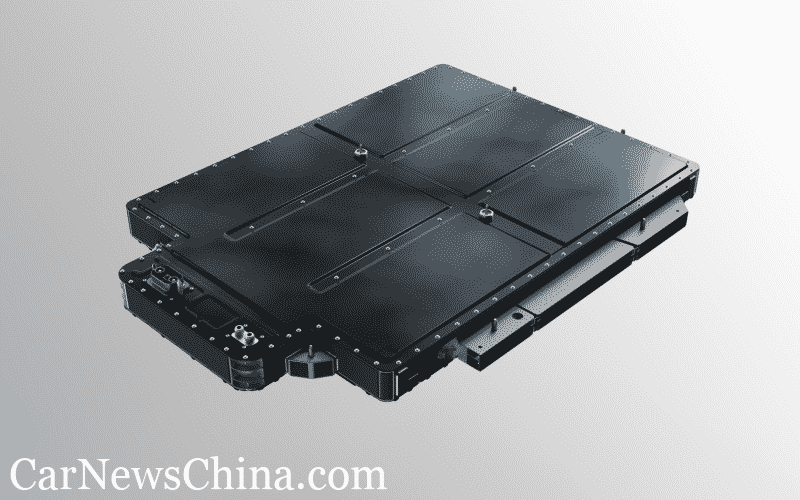Nio launched a hybrid 75kWh ternary-LFP battery. It’s cheaper with longer range
Today, Nio officially released a ternary lithium iron battery (75kwh). It innovatively adopts the mixed arrangement of ternary lithium and lithium iron phosphate batteries and applies the new generation CTP (cell to pack) technology. It is the world’s first dual system power estimation, with ten patents and patent applications.
Today’s EVs mostly have lithium NMC battery packs (where NMC stands for Nickel, Manganese, and Cobalt). They are also called ternary lithium batteries; it is the same. NMC packs have many advantages – mainly a high energy density. However, also a colossal disadvantage called .. cobalt. And it’s not just about price. UN is recently pushing against bad conditions in African mining camps, which hold more than half of the world’s cobalt supply. And Chinese mining companies don’t have a good reputation. For automakers, it is a threat of terrible press.

Thus new hero is coming on stage – an LFP battery (lithium iron phosphate). It has a lower energy density, but it’s cobalt-free. Tesla, Xpeng, and other automakers are switching to LFP batteries. However, these batteries are not suitable for flagship EVs because of their lower energy density and poor acceleration.
That’s why Nio was together with its supplier CATL, making this hybrid solution for almost a year, trying to combine the pros and cons of both solutions into a brand new battery mix. As LFP batteries are still evolving, this seems like a temporary solution until LFP is good enough to be installed even into flagship models.
Let’s have a closer look at the hybrid solutions from Nio and CATL.
Low-temperature performance
The low-temperature endurance loss of the ternary lithium iron standard battery pack (75kwh) is reduced by 25% compared with the lithium iron phosphate battery pack.
State of Charge estimation capability
The state of charge estimation system of ternary lithium-iron battery pack independently developed by Nio combines the innovation of software algorithm and hardware application to reduce the SOC estimation error to less than 3%, reaching the level of ternary lithium battery.
Battery attenuation cycle
In the first year of the service cycle, the battery attenuation of ternary lithium iron standard battery pack (75kwh) will be slightly higher than that of the original ternary lithium 70kwh battery pack; In terms of medium and long-term use, the attenuation degree of the two batteries is the same, and they are better than the traditional lithium iron phosphate battery as a whole.

When Nio launched 100kwh ternary lithium battery pack a year ago, it completed the research and development of a 68kwh lithium iron phosphate battery pack. Still, in the final internal audit, Li Bin gave No. Li Bin’s view is that Nio is a service user enterprise. Using a 68kwh lithium iron phosphate battery pack to replace the standard 70kWh ternary lithium pack will undoubtedly lead to user dissatisfaction.
Since then, the Nio battery team has started a new technical scheme: a ternary lithium-iron battery pack. The ternary lithium-iron battery pack is mixed with nickel 55 and lithium iron phosphate cells, which is an application innovation. The power of ternary lithium-iron battery pack is 75kwh; The energy density is 142wh / kg; The SOC calculation error is reduced from 10% to 3% (compared with the traditional lithium iron phosphate battery pack); The new insulation design is adopted to minimize the low-temperature endurance loss by 25%.
The endurance of 2020 es8 with a new battery is 450km (415km before the update), and that of the 2020 ec6 performance version is 465km (430km before the update).



